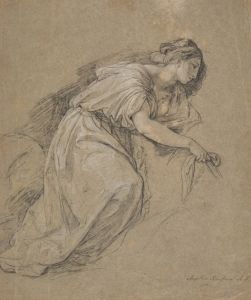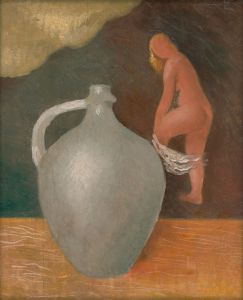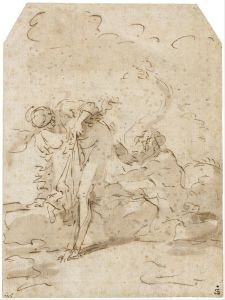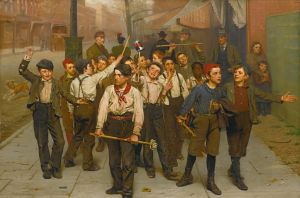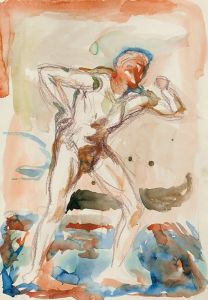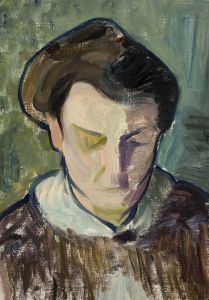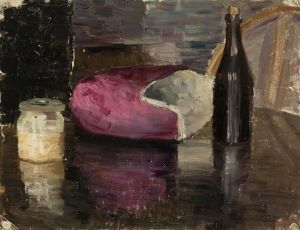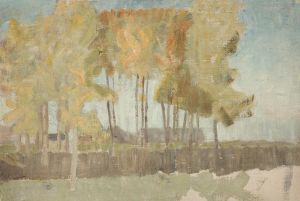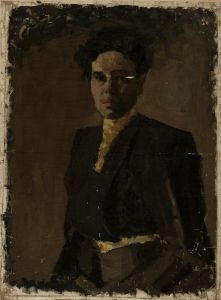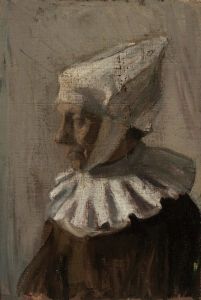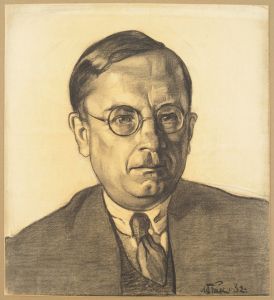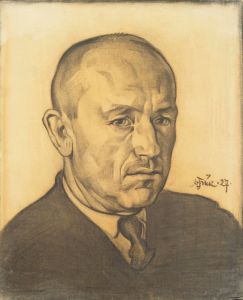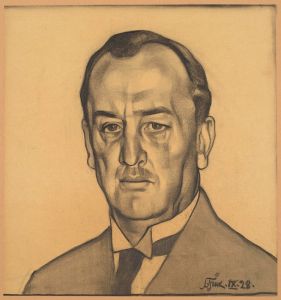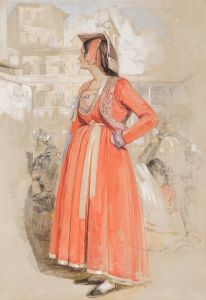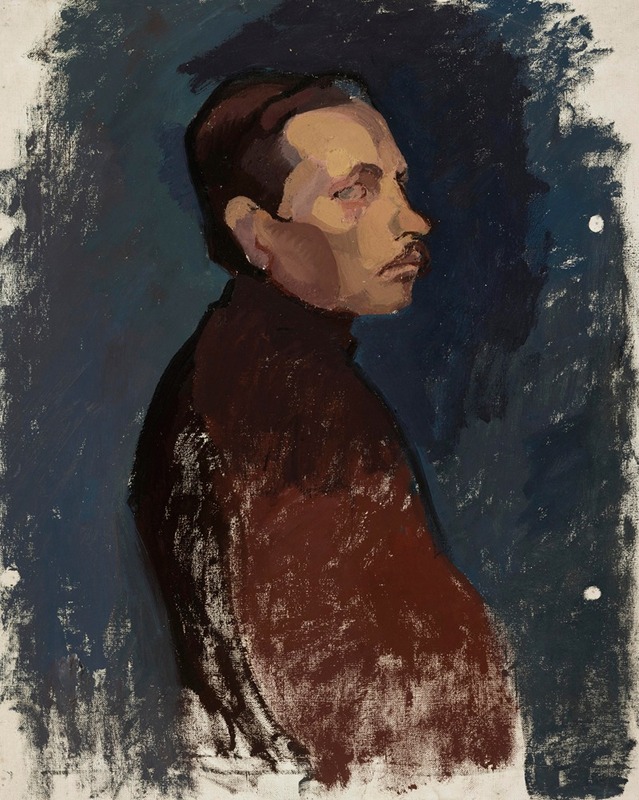
Mehe portree
A hand-painted replica of Nikolai Triik’s masterpiece Mehe portree, meticulously crafted by professional artists to capture the true essence of the original. Each piece is created with museum-quality canvas and rare mineral pigments, carefully painted by experienced artists with delicate brushstrokes and rich, layered colors to perfectly recreate the texture of the original artwork. Unlike machine-printed reproductions, this hand-painted version brings the painting to life, infused with the artist’s emotions and skill in every stroke. Whether for personal collection or home decoration, it instantly elevates the artistic atmosphere of any space.
"Mehe portree" (Portrait of a Man) is a painting by the Estonian artist Nikolai Triik, a prominent figure in the early 20th-century Estonian art scene. Created in 1905, this work is an example of Triik's skill in portraiture and his ability to convey psychological depth through his subjects. The painting is considered one of the significant works in Estonian art history, reflecting the broader European artistic movements of the time, particularly Symbolism and Expressionism, which influenced Triik's style.
Nikolai Triik (1884–1940) was an influential artist and a member of the Noor-Eesti (Young Estonia) movement, which sought to modernize Estonian culture and art. He studied at various art academies, including the St. Petersburg Academy of Arts and later in Finland and Paris, where he was exposed to contemporary European art trends. His works often combine national themes with modernist techniques, making him a key figure in the development of Estonian modern art.
"Mehe portree" depicts a man with a serious and introspective expression, rendered in a style that emphasizes bold lines and a muted color palette. The painting demonstrates Triik's interest in capturing the inner world of his subjects rather than merely their physical appearance. The use of light and shadow, as well as the composition, suggests a focus on the psychological and emotional state of the sitter.
The painting is housed in the Art Museum of Estonia, located in Tallinn, where it is part of the museum's permanent collection. It is frequently cited as an example of Triik's mastery in blending traditional portraiture with modernist elements, showcasing his contribution to the evolution of Estonian art during a period of cultural awakening and national identity formation.
"Mehe portree" remains an important work for understanding the artistic and cultural context of early 20th-century Estonia, as well as Nikolai Triik's role in shaping the country's artistic heritage.





